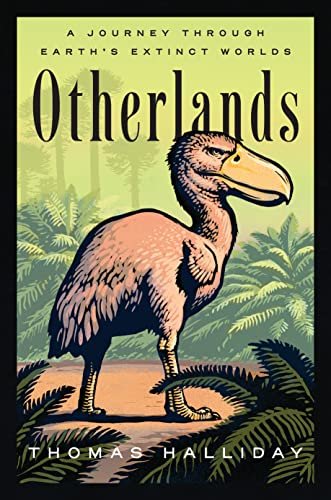A Lion Sized Otter at Turkana and possibly the first human caused extinction
Some of the best aspects of safari are the ghosts from safari’s past. Enhydriodon is a classic example.
Enhydriodon was a bear-otter and a big bear-otter at that. At 200kg its muscular profile approached the proportions of a modern African lion. While there was no indication that Enhydriodon was aggressive its diet of large molluscs may have have put it in competition with the human that shared its habitat.
Fossils of Enhydriodon have been unearthed, as the titles suggests, near Lake Turkana in Kenya but at the time of the animal’s death, four million years ago, it lived on the shores of a larger lake called Lake Lonyumun. Lonyumun preceded the current lake by two, a result of the region’s ever evolving geology continuously producing new itineration of what today we might call, lake Turkana.
Based on Enhydriodon’s large molar teeth, scientists suggest that it lived on large mussels that it broke open with its powerful jaws. Another smaller bear-otter specialized on smaller species of mussels and lived at the same as the larger species.
A taste for mussels though might have also been developed by our own human ancestor, Austropithicus. Thomas Halliday in his excellent book, Overlands suggest that it is possible that while many of the meat-eating specialists such as the Hyenas, the cats and the wilddog have survived to present, that some of the species that shared our own wider diet, were pushed to extinction by our competition. The author suggests the possiblity that Enhydriodon was the first animal extinction caused by an animal on the human tree and the very first domino to fall in a long line of extinctions that we have caused since. Sadly extinction on grand scales has become one of our most distinguishing trademarks as a species group and here at Lonyumun we may be looking at the very first casualty. Read this book, it is excellent.


